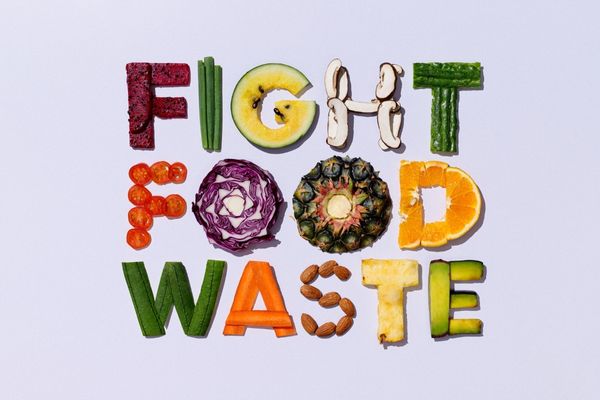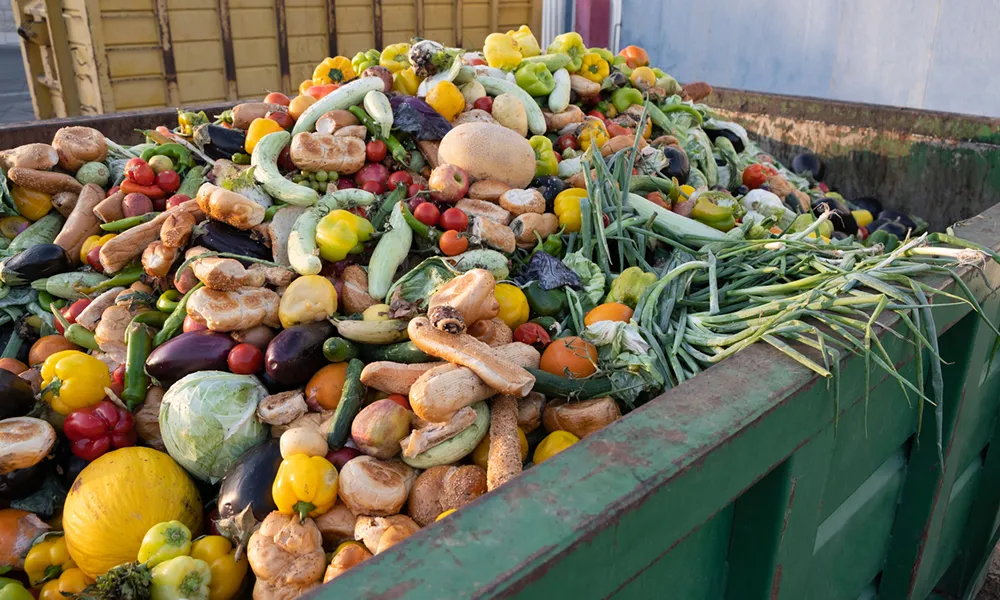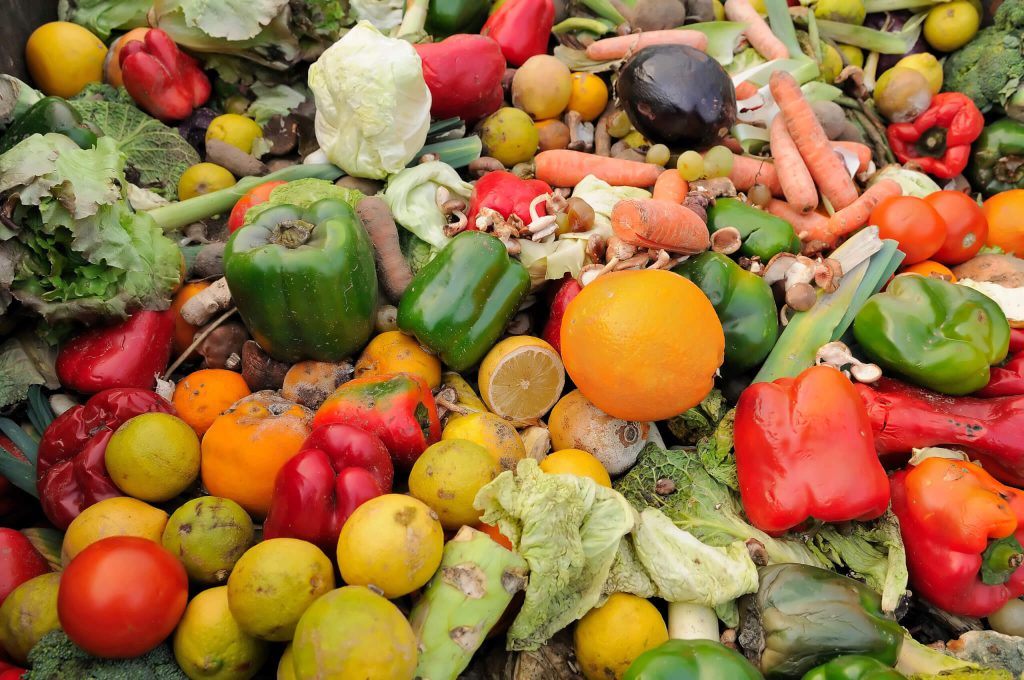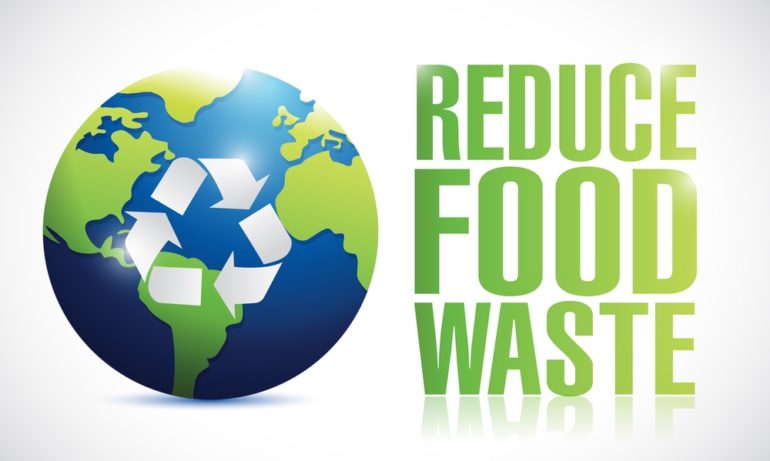From Farm to Landfills: How Are We Mapping Global Food Waste Crisis & How Are We Fixing It?
According to IGAD’s recent report on food crises (16th September 2025), an estimated 42 million people face high levels of acute food insecurity across six member states, i.e., Djibouti, Kenya, Somalia, South Sudan, and Sudan. Previous data shows that this number has tripled in recent years, rising from 13.9 million in 2016 to 41.7 million in 2025. This trend is alarming, given the region’s growing population and the unsustainable efforts required to achieve a food-secure Africa by 2030.

As a continent, urgent measures are needed to strengthen food sovereignty and ensure the realization of Sustainable Development Goal 2: zero hunger. Achieving this will require creating and amending policies, building strong systems, and fostering collaboration among stakeholders to support agricultural growth and establish sustainable food value chain systems.
This year’s International Day of Awareness of Food Loss and Waste carries the theme “Climate Finance for Food Loss and Waste.” According to the FAO, around 733 million people globally face hunger, while 2.33 billion, about 29% of the world’s population, are food insecure without regular access to nutritious meals. These numbers could rise further without immediate action to address food wastage and strengthen systems to minimize losses from farms. Alarmingly, one-third of the food produced worldwide never gets consumed, translating to at least 1.3 billion tons of food wasted annually across the food supply chain.

While much attention is given to food waste at the retail and consumer levels, less emphasis is placed on losses during harvesting, particularly in developing nations, especially in Africa. This overlooked crisis is costing the world heavily and demands urgent solutions. Reducing waste not only sustains human lives but also ensures equitable access to healthy and affordable food globally.
Food waste is also a serious environmental threat. When dumped in landfills, it emits methane gas, a greenhouse gas with 28 times the global warming potential of carbon dioxide, according to the EPA. The UN estimates that food waste contributes 8–10% of total agrifood system emissions, directly fueling climate change. If food waste were a country, FAO notes, it would be the world’s third-largest emitter of greenhouse gases after China and the United States. Beyond landfill emissions, wasted food represents unnecessary transport emissions, energy use in storage, and fuel consumption by farm machinery. Every instance of food waste means avoidable pollution, with no benefits, only harm.

African countries must therefore improve post-harvest handling and storage methods to minimize losses. Controlled farming can reduce overproduction and support better planning so that crops are grown where markets already exist. At the household and hospitality levels, individuals can reduce waste by purchasing only what is needed, making shopping lists, and adjusting meal plans. Repurposing food, such as turning overripe fruits or excess vegetables into fermented, frozen, or dried products, prolongs shelf life. Value addition and proper storage further reduce spoilage, while surplus retail food can be donated to organizations and institutions. Governments can also play a transformative role by supporting food redistribution initiatives and championing policies that ensure nutritious, balanced diets for all citizens that tackle both hunger and malnutrition.
Globally, intentional action is required to establish policies and financing frameworks that channel climate funds into projects tackling food loss. Cold storage facilities, processing hubs, composting programs, capacity building programs to strengthen food system resilience, and circular economy initiatives that recover resources are critical examples. A systematic approach is needed to build sustainable agrifood systems by addressing the full value chain from production to consumption. This calls for coordinated investment in infrastructure, technology, policy frameworks, and capacity building. Done right, these measures can reduce losses, recover resources, cut emissions, create jobs, and strengthen food security while enabling climate-smart returns.

As we mark the International Day of Awareness of Food Loss and Waste, one truth stands out: every investment in reducing food waste is an investment in safeguarding our planet’s future. Preventing even one-third of the world’s food from going to waste would significantly combat climate change, hunger, and economic inefficiency. Achieving this requires strong collaborations, scaled-up solutions, and climate financing mechanisms that recognize food systems as essential climate infrastructure deserving the same attention as renewable energy and sustainable transport.
Our climate, food security, and collective future depend on bold decisions to stop wasting what we already have.
